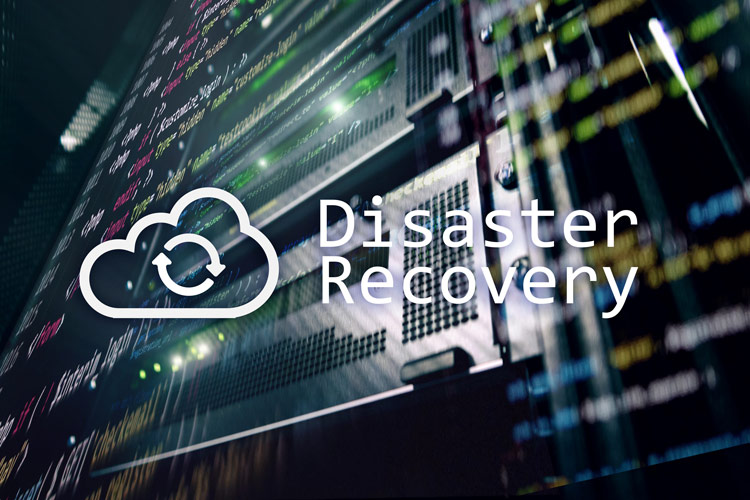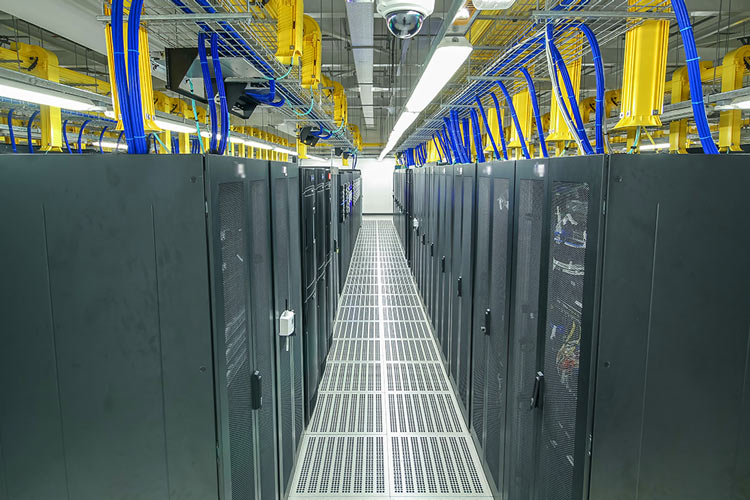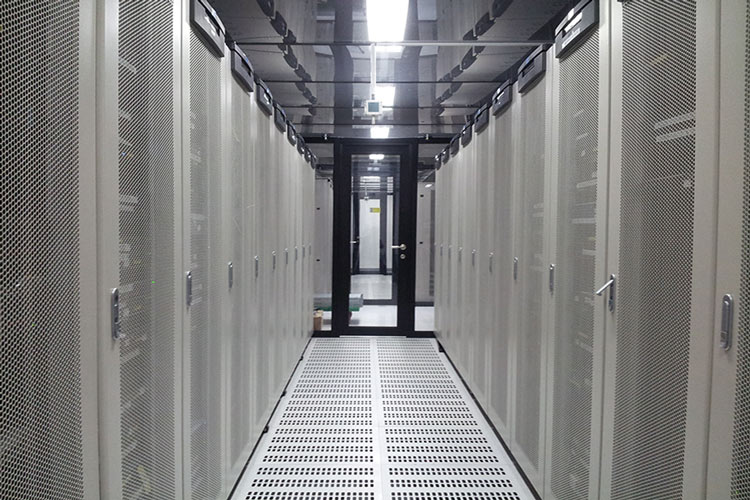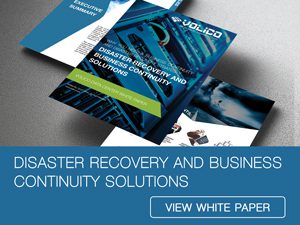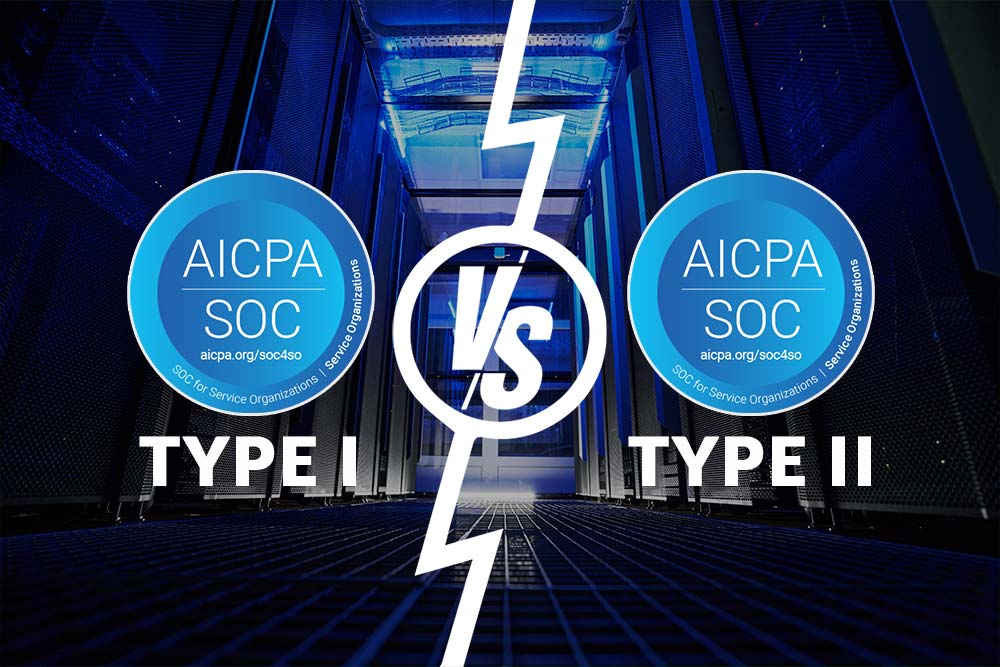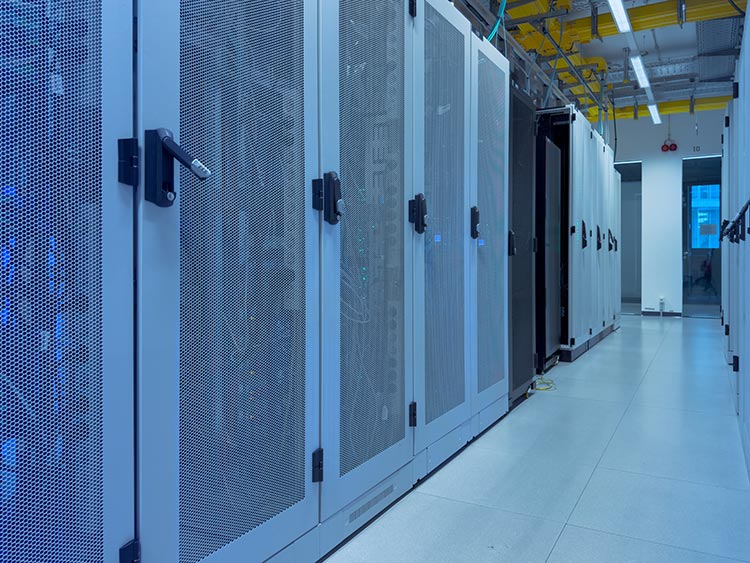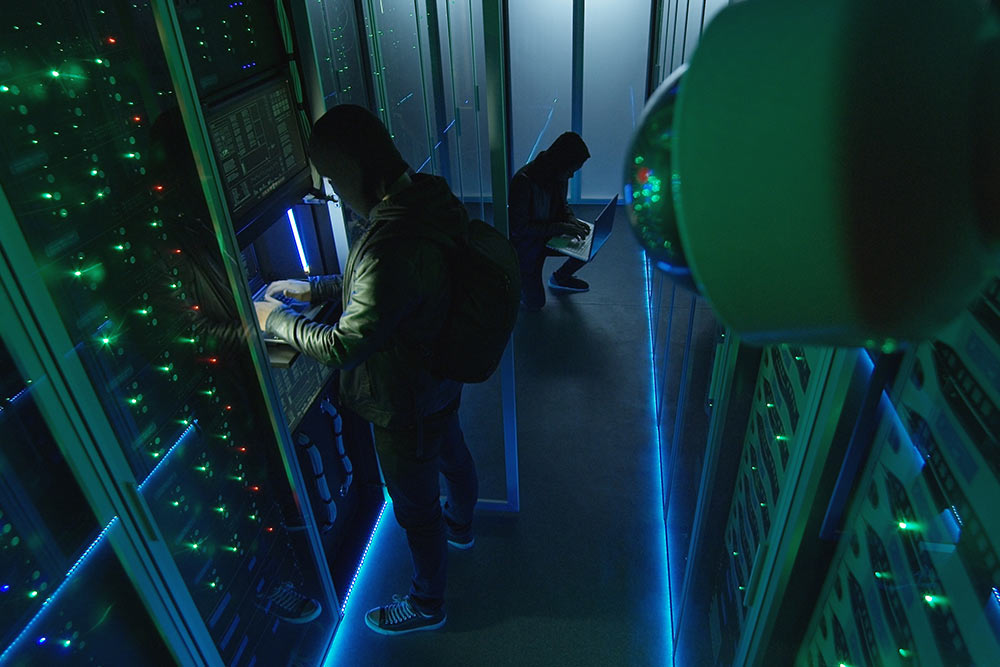Organizations that have already experienced the power of a disruption earlier know that business continuity is contingent on how fast and composed organizations can respond to an incident. Disaster recovery is an extensive collection of measures that go into action once an unexpected incident causes downtime. Because data availability issues impact everyone, including end users, data center disaster recovery stands at the core of all disaster recovery and business continuity efforts.
Data centers are crucial pillars sustaining everyone’s day-to-day digital lives. Be it healthcare or financial, IoT, or 5G data, we need it to be accessible. Unplanned data center downtime, however, can impact businesses and end users in many ways. Maintaining the availability and security of all the data produced by our increasingly fast activities requires constant performance and a resilient posture in handling emergencies. So, how can operators prepare to avoid downtime, and if an emergency does occur, what’s the recipe for a successful data center disaster recovery?
A detailed plan that specifies the steps to take and everyone’s roles in carrying it out is a necessary starting point for getting back on track after a major catastrophic event. This blog is going to explore why a powerful data center disaster recovery plan is crucial, as well as how such a plan should be developed. Let’s explore.

Data Center Disaster Recovery: Definition and Common Causes
Disaster recovery, by definition, encompasses a range of procedures and actions that make it possible to recover infrastructures more easily and quickly and get back on track in the shortest possible time after a catastrophic event. Data center disaster recovery plans facilitate business continuity after experiencing major catastrophic events that lead to temporary or permanent data loss.
Data centers have evolved a lot throughout the years, targeting vulnerabilities and implementing technologies that help to avoid the risks of downtime right from the building stage. However, even with the most resilient build and redundant infrastructure, data centers can still be at the mercy of unforeseeable events. And while it’s impossible to predict and prevent specific disasters like extreme weather or a cyberattack, preparing for any eventuality like it could happen tomorrow is still the best weapon against downtime. That’s why the role of a data center disaster recovery plan is more than crucial.
The Most Common Causes of Data Center Disasters
Knowing the cause can help prepare and build better resilience to anticipate situations in the future.
Power Outages
System failures and downtime can lead to significant revenue loss and customer dissatisfaction, and the downward trend continues with reputational damage. Power outages in data centers are a primary cause of downtime, according to the Uptime Institute’s 2024 Outage Analysis report. This reveals the actual importance of proper power redundancy. Businesses are turning more and more to colocation providers to benefit from the robust and redundant data center infrastructure that can recuperate quickly from power outages.
Cyber-Attacks
Cyber attacks, like ransomware, are the next leading cause of downtime, and they are the most expensive, too. Even if an organization decides not to pay the ransom – which is otherwise officially not advised – the cost of downtime can reach into the millions. Protecting mission-critical data from ransomware attacks is as hard as it gets with today’s evolving threats. Stringent security measures are crucial for protection against malicious actors infiltrating the system.
Human Error
Mistakes are inevitable. That is one certainty we can count on. Human error is behind a significant portion of outages, and as such, it should be in the focus of data center disaster recovery measures. Errors are inevitable, however, anticipating them and preparing for the possible scenarios can make them less likely to happen. Common examples of human error range from design flaws to circuit overloads and accidentally disconnecting power. Preventative measures and educating staff to strictly follow procedures can decrease the likelihood of errors.
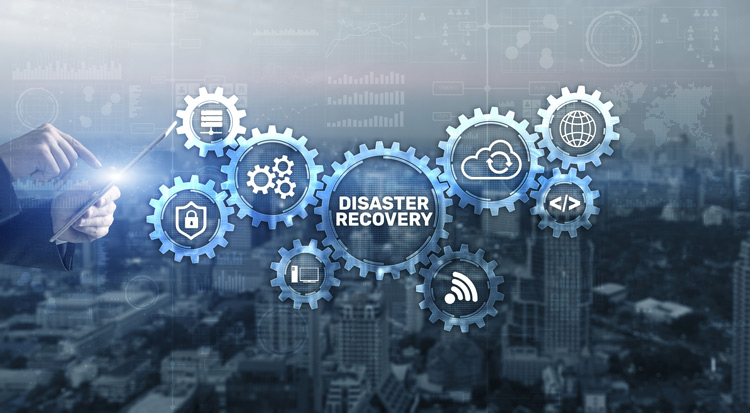
Creating a Disaster Recovery Plan
Assigning Roles on Your Disaster Recovery Team
The disaster recovery team plays a crucial role in making the recovery process faster and more efficient. When everyone knows what to do, there are better chances of reducing downtime to the minimum. In order to have an efficient crew that can act quickly, the roles on the team should be assigned and included in the disaster recovery plan.
Identifying Mission-Critical Deployments
To develop a robust recovery strategy, you must know which services are mission-critical. Understanding this can help you implement practices for strengthening resilience and reliability and help you protect your mission critical data. This includes investing in off-site backups and even a backup infrastructure in a secondary location that can be set up as soon as possible as a replacement.
Calculating Costs
When a natural catastrophe hits a data center, the downtime and deterioration of the building is only a portion of the damage, and the costs are frequently way over the cost of downtime itself. Whether the data center is functional directly or indirectly impacts all the businesses hosted at the facility as well as the local community in the area. Internet access, healthcare services, and utilities can become limited or inaccessible. Disaster recovery planning must take this into account, and work with local authorities to provide the fundamental necessary functionality after a disaster shakes a community.
Security Protocols
Stringent physical security measures at the data center can make accidents and physical attacks less likely to happen. These measures include strengthening security at multiple layers with reliable access and surveillance systems, cabinet controls, and policies like “no tailgating” which can prevent malicious actors from getting to the equipment.
Additionally, as cybercrime is becoming more and more sophisticated, working with AI-generated deepfakes and techniques that are becoming harder and harder to detect, data center disaster recovery strategies should include strengthening cybersecurity. Endpoint protection, regular backups, and pentesting are crucial, but training employees to be prepared to identify and contain attempts is just as important in avoiding disasters. Ransomware recovery is lengthy and costly, so the role of off-site backups for businesses is crucial in shortening that recovery time.
The 10 Basic Steps of a Data Center Disaster Recovery Plan
When creating a data center disaster recovery plan, you should keep these essential things in mind:
- Form a disaster recovery team with representatives from all departments
- Train staff on disaster recovery procedures
- Conduct thorough risk evaluations and audits
- Identify and rank the importance of various applications and network systems
- Design comprehensive recovery strategies for all technological areas
- Make an inventory and documentation plan of the disaster recovery procedures
- Establish the criteria and protocols for verifying recovery
- Execute the disaster recovery plan
- Test the disaster recovery plan periodically to ensure effectiveness
Conclusion
Data center outages are more expensive than ever, therefore being prepared has become non negotiable. As reliance on digital services grows day by day, outages are likely to become even more expansive as we move forward. As more than two thirds of outages cost over $100,000, it is becoming increasingly important to invest in resiliency and recovery facilities. And it all starts with a plan, in this case, a thorough data center disaster recovery plan.
Preparing with backups and offsite infrastructure is vital, but a set of pre-defined procedures can make the biggest difference in an emergency situation. A disaster can happen at any time, and you don’t want to start thinking about what you have to do when it’s already there. Testing the recovery protocols and procedures can reveal vulnerabilities and prepare a team to handle any situation with confidence.
Today, when the demand for data availability is constant, an unexpected disaster can cause a lot of damage. Discover how Volico Data Centers’ facilities are prepared to meet the challenges of a disaster. We offer disaster recovery and business continuity solutions, as well as managed backups and security services.
If you’d like to learn more, contact us at (305) 735-8098, or drop us a message in chat.
If you’d like to take a sneak peek at our facilities, take our virtual tour or schedule a real one!

